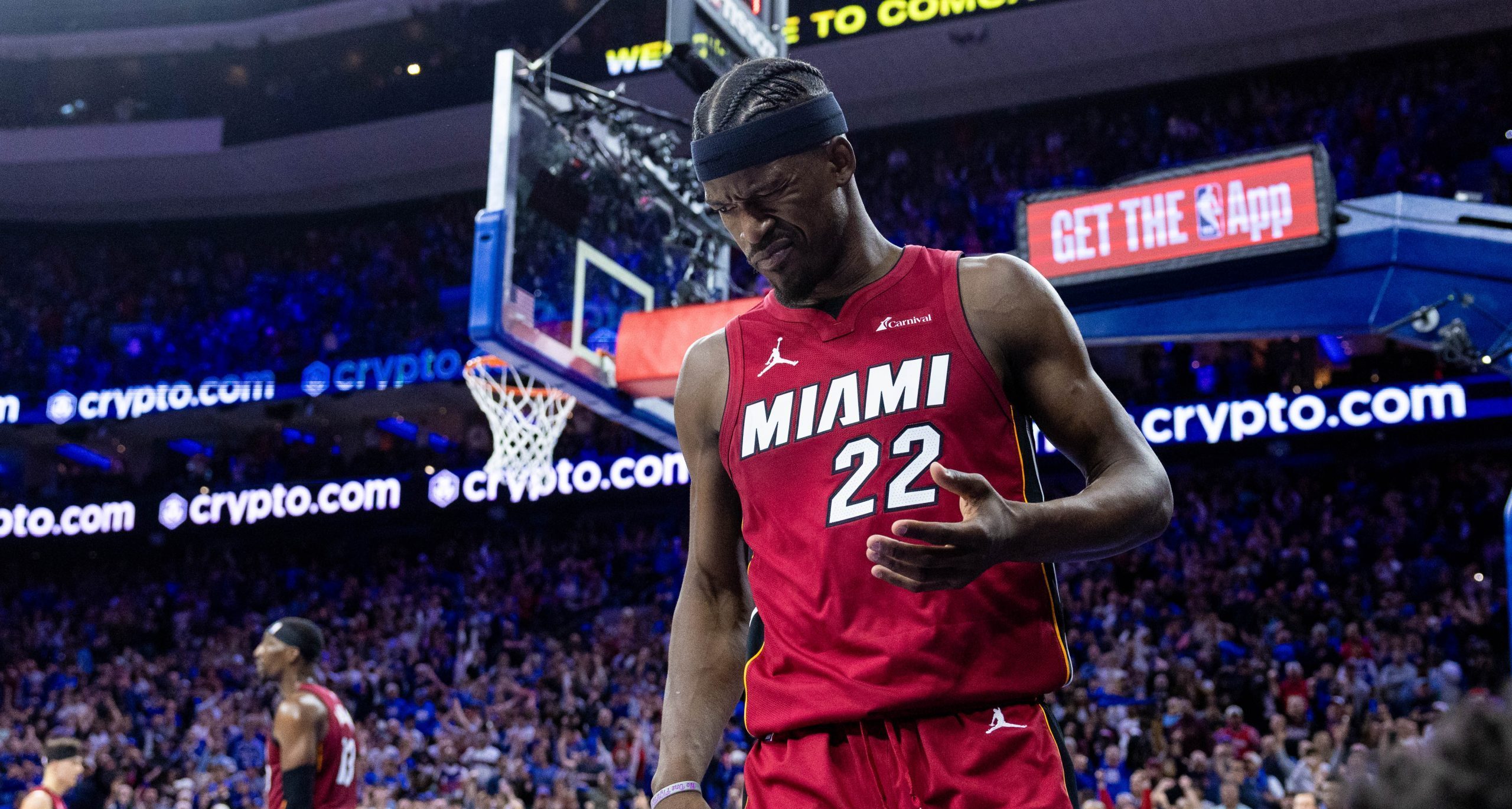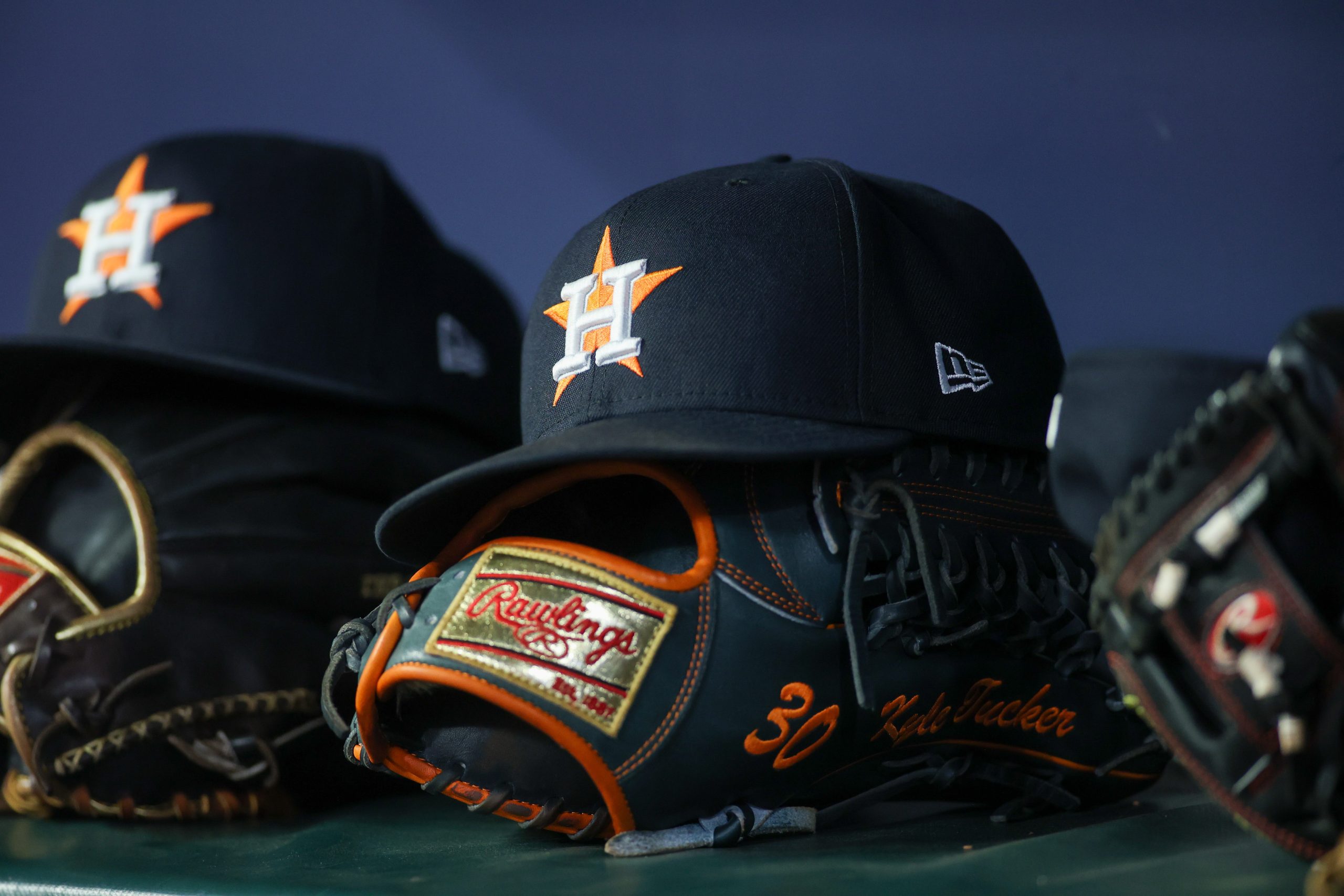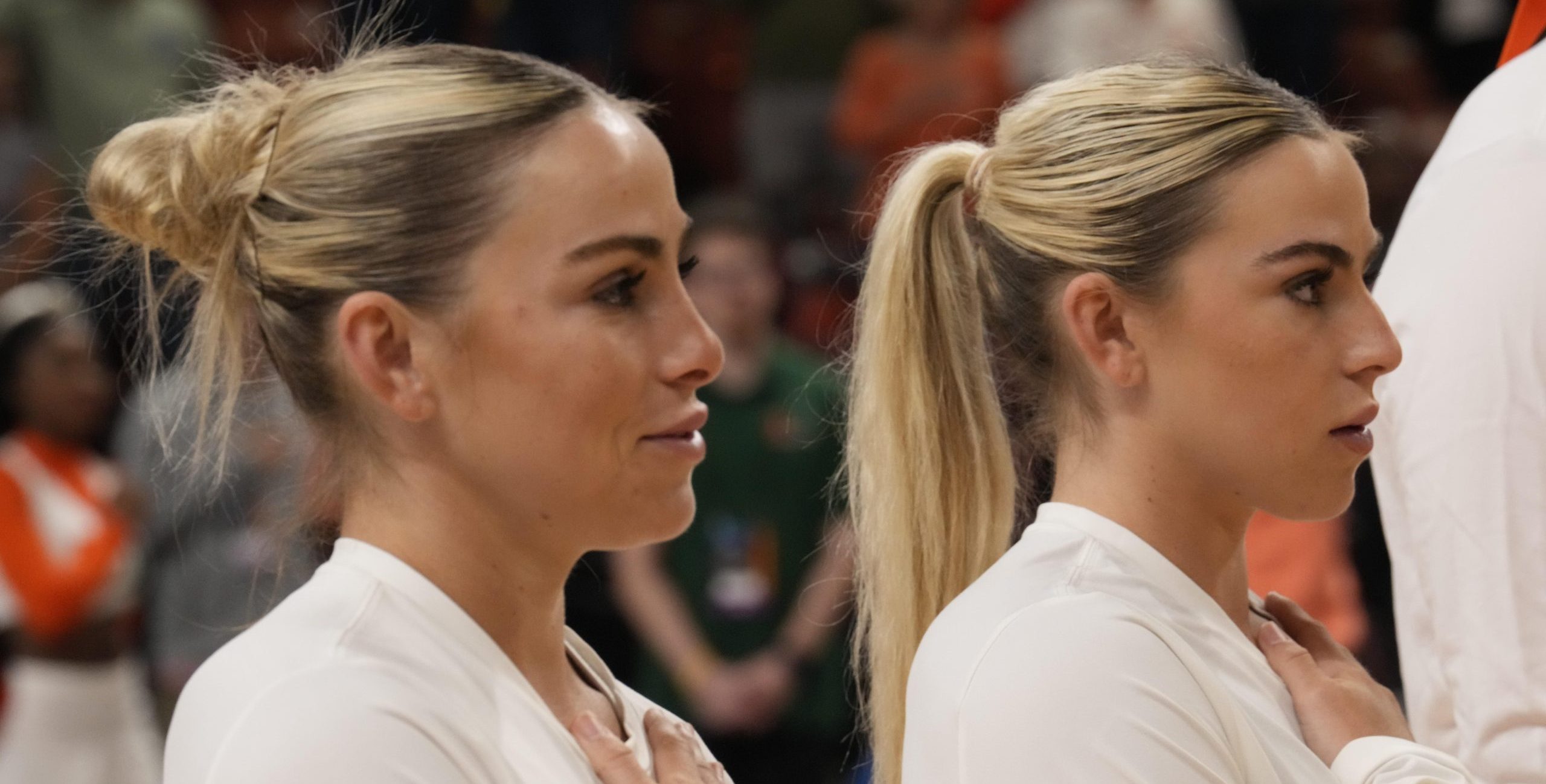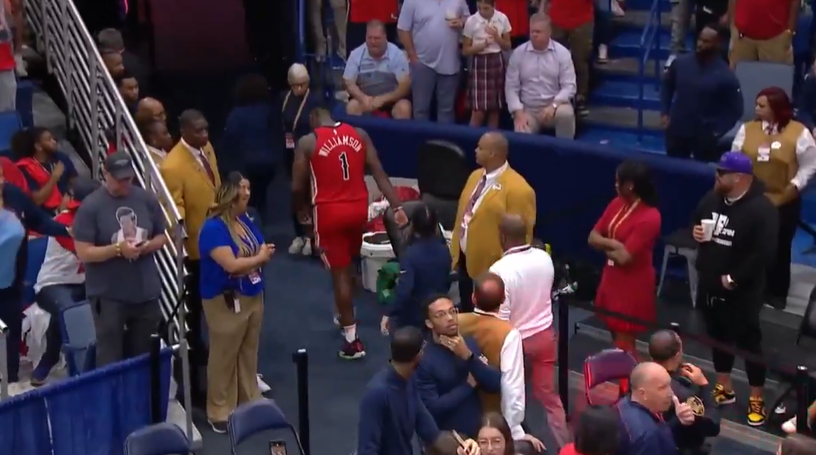With a darker tone and impressive visual effects, Rogue One feels like a new kind of Star Wars movie.
Ian at the Movies
- Borg vs. McEnroe is surprisingly good, portraying two tennis icons not as different as believed
- Rampage works because it doesn’t try to adapt the video game
- Why Tomb Raider and Alicia Vikander break the bad video game movie trend
- Game Night uses all its pieces well, notably Rachel McAdams, for a twisty story full of laughs
- Black Panther is like no other Marvel film, reaching a higher bar as a result: 5 takeaways
Whatever you think about Rogue One: A Star Wars Story, it’s doubtful that you’ll say that director Gareth Edwards didn’t make a different Star Wars movie. By going back into Star Wars’ mythology to tell a new story, Edwards along with writers Chris Weitz and Tony Gilroy, have created a something that feels fresh and unlike any Star Wars film that we’ve seen before. And even though we have some idea of how this story could end, since Rogue One leads right into the beginning of Episode IV: A New Hope, the stakes still feel thrilling and harrowing. That’s due in large part to Edwards getting us to care about these characters that we’ve never seen before.
Rogue One‘s production was plagued with rumors of reshoots and dissatisfaction from Disney and Lucasfilm over the tone of the film, and perhaps some of the character arcs that play out through the movie. In watching the film, I wonder if it’s in the beginning of the story where most of the tinkering took place. When the story of Rogue One was first explained in trailers, it appeared that Jyn Erso (Felicity Jones) was a vagabond and criminal recruited by the Rebellion to use her thievery skills in helping them to obtain plans for the Empire’s new weapon of mass destruction. As it turns out, however, Erso was chosen for a reason in that she had a personal connection to this initiative by the Empire.
In subsequent trailers, the movie seemed to play up that personal connection more as we learned that Jyn’s father, Galen Erso (Mads Mikkelsen), worked for the Empire and was a leading engineer on the project that eventually became the Death Star. At some point, Galen fled from the Empire with his family, but was forced back by Lt. Orson Krennic (Ben Mendelsohn) because development on the Death Star had stalled and he was needed to see the project through to its completion. Many years later, Jyn is recruited by the Rebellion because of her family connection and the hope that she has some idea of how to contact or find her father.
Perhaps a daughter attempting to reconnect with her father was always the driving narrative of Rogue One. We may never know what changes Lucasfilm wanted to the story and what Gilroy added or subtracted when he was brought on to the production to help Edwards (or even supplant him, based on whatever rumors you choose to believe). But the first act of the movie feels inconsistent, as if the filmmakers were struggling with whether or not this was a heist story or something more character-driven. The human characters were the weakest part of Edwards’ 2014 Godzilla remake, so it’s not unreasonable to assume that he focused more on special effects, robots and creatures, and hitting familiar points of Star Wars mythology than any sort of character development.
That doesn’t mean that Rogue One is entirely a family drama, however. Vox film critic Todd VanDerWerff took quite a bit of crap on Twitter and in the film blogosphere this week for writing that this is the first Star Wars movie that truly acknowledges that this entire mythology takes place in a war. It was easy to snicker about that, considering that the franchise is called “Star Wars” and that the opening crawl of Episode IV explains that a civil war is taking place. But Rogue One does feel more like a war movie than the other Star Wars films, which trafficked more in fantasy, space opera and the hero’s journey.
https://youtu.be/e_wer0DAsu4
(By the way, I thought that The Force Awakens also tried to emphasize that these stories were taking place in a war, examining those that are fighting this battle in addition to those playing parts in a larger, fantastical mythology.)
Even though the Star Wars films have stepped into dark territory, whether through what happens to particular character or the narrative arcs they follow, Rogue One is the darkest of the eight movies in this mythology thus far. Those who are supposedly heroic because of which side they’re on in this conflict take some ruthless action to maintain the integrity of their mission or to simply survive. (Han Solo definitely would have shot Greedo first in this story.) And the bad guys might be just a bit more evil this time around. (Though we see a different side of Darth Vader than in previous films, he may be more lethal here than we’ve ever seen him before.)
That’s enough to raise an eyebrow and feel new for those entirely familiar with the Star Wars movies. Cassian Andor (Diego Luna) may come across as Jyn Erso’s sidekick, a Rebel soldier tagging along to help her complete the unauthorized mission to steal the Death Star plans, but he’s a far more compelling character than that. But what feels particularly refreshing is that the sorts of characters who would have been in the background previously are the main characters in this story. We get to know more of the soldiers, operatives and grunts fighting for the Rebellion.
Particularly intriguing is Donnie Yen’s Chirrut Îmwe, the not-quite-a-Jedi who nonetheless strongly believes in the power of The Force, which provides him the guidance he lacks by being blind. Imagine Master Po from the Kung Fu TV series taking on Stormtroopers with nothing but a quarterstaff. Despite his apparent limitations in battle, Chirrut is also a far more hopeful presence than virtually everyone else in the film, something this ensemble needs. Every time he smiles, it provides some light among all the gloom and gray.
It’s also refreshing to see a rather prominent Asian character in a Star Wars story. People of color populating the story here is yet another reason why this feels different from any of the previous Star Wars films.
Ultimately, it’s a robot that emerges as the most memorable character in Rogue One, which will probably do little to silence the criticism that Edwards doesn’t develop his human characters particularly well. But K-2SO (voiced and motion captured by Alan Tudyk) consistently has the best lines in the movie, due to a sharp wit and lack of diplomacy. (How would a robot be expected to consider anyone’s feelings, anyway?) An Imperial droid that was confiscated and reprogrammed to serve the Rebellion, K-2 is unlike any droid we’ve seen in previous Star Wars films. For one thing, he (it?) is physically imposing, capable of overpowering any opposition he faces. This is not C-3P0 or R2D2 fleeing for cover and relying on their data to help complete a mission.
Most importantly, K-2SO provides much needed comic relief during a dark, overwrought story. There’s no roguish (no pun intended) maverick like Han Solo to smirk and question everything that’s happening. There’s no bright-eyed wonder boy such as Luke Skywalker to serve as both the entry for the audience and the embodiment of the hero’s journey. So when the action and story get a bit too grim, and perhaps too serious for its own good, K-2 breaks up the tension with a quip that points out the absurdity of a particular decision or gently convey the gravity of the situation. He’s a far more important supporting character than other droids have been, possibly because he’s not meant to be cute toy for kids.
Something else that’s refreshing is Edwards’ visual take on some familiar icons of the Star Wars mythology. If his weakness is character, his strength is most certainly creating memorable shots and outstanding, eye-popping visual effects. The Death Star is not just some orb lurking in outer space (“That’s no moon…”). It is a looming presence in orbit and the skies above, threatening with the obliterating power it promises. We also see the results of the weapon’s power, the impact on a planet and its people, in a far more significant way than previously depicted.
Additionally, the aerial dogfights between Rebel and Imperial spacecraft set in outer space and a tropical coast on the planet Scarif are the best ever filmed for this series. And not just because of previously unseen versions of Rebel fighters, notably the U-Wing. Digital effects allow Edwards to fill more of the screen than ever before (and not just for the sake of filling open space, like the visual clutter George Lucas added to the special editions of the original trilogy), and he uses that to create some exhilarating action. You have never seen the Imperial Star Destroyers do what they do here.
Though Rogue One is unlike any of the previous seven Star Wars films we’ve seen (I’m overlooking the cartoons, comic books and novels that a wider audience may not have seen, as appealing as many of those other stories are) and deserves to be considered a standalone story because it doesn’t quite fit into any of the other trilogies, it absolutely does take place in a world you will recognize.
There are plenty of references to familiar characters and storylines (and a cameo or two) peppered throughout the script (maybe this was something else that the rewrites and reshoots addressed) that are sure to make longtime and diehard fans smile, and make you want to see this movie again. The way this story hands off the baton to the original Star Wars trilogy will please everyone. If the other standalone films are as good as this one, we have plenty to look forward to and should continue to enjoy Star Wars movies for years to come.





